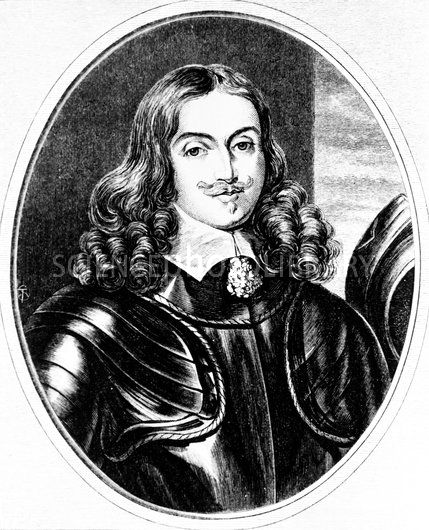How much do we know about who invented the steam engine? Possibly with this article, you will wonder if everything you have learned since you were little or little in school is the truth.
Imagining an industrial world without what have been the different engines driven by steam or other types of materials can be a bit difficult, much of the electrical energy we consume is generated by steam-driven generators.
This is how it happens, for example, with geothermal energy. Geothermal energy is that which is produced from the heat under pressure that comes out with the steam under the earth shot towards a turbine generator driven by this steam.
That is why it is important to know who invented the steam engine. Since we were little at school and on television we are told that James Matt has been the inventor of the steam engine. However, reality may be a little different from what we tend to consider as the absolute truth.
To learn the real story behind the steam engine, let’s find out a bit more about this machine and who are the masterminds behind it. Do not miss any detail of what we are going to show you next.
What do you need
- Read
- Investigate
Instructions
- The steam engine consists of an engine that generates thermal energy through external combustion, producing energy through water vapor that is hermetically sealed and is fired, generating the rotation of the turbines of an engine. In this way, the constant movement of rotation generates mechanical energy.
- some data suggest that the vestiges of the first steam engines occurred in Egypt. This is especially possible due to a manuscript by Heron of Alexandria that talks about a steam-powered machine that was used to turn figures on an altar and to open and close doors of a temple.
- The invention of the steam engine has been attributed to various people throughout history. There are historical data that suggest that in Spain, during the time of Carlos I, a ship was created which was promoted with a steam generator, this was under the responsibility of Blasco de Garay, a sailor and inventor of Spanish origin.
- several people have commented throughout history or described devices similar to steam engines or that work through them. Not exactly generating energy, but some type of activity such as driving liquids. Giovanni Battista della Porta describes in 1601 a machine that can raise water between the flames of fire using water vapor as an impeller. Salomón de Caus also describes a fountain that he makes work with steam.
- However, the first registered patent for steam engines or steam machines belongs to Jerónimo de Ayanz y Beaumont, a Spanish soldier who registered a patent in the year 1606 for a steam-driven machine used to drain silver mines in Guadalcanal and which managed to succeed in it.
- However the most probable precursor to be considered the inventor of the steam engine has been the Marquess Edward Somerset in 1663. He managed to make a machine that served as a pump to bring water to the upper floors of a building. Unfortunately, he did not get financial support to carry out and perfect his projects and he died in poverty and oblivion and his achievements were later attributed to Thomas Savery.
- Thomas Saveryfor his part was an English inventor and mechanic who sought to patent the invention. He greatly improved and perfected the findings of his predecessor, although his invention was not used for long in the mines because of the high risk of exploding it had.
- Samuel Morlandis another engineer to whom the invention is attributable, since he managed to perfect the Somerset machine. Christiaan Huygens was also another of those who sought to improve Somerset’s invention by designing the machine that produced hot air in 1680. Later Denis Papin, a French physicist, made a version similar to that of Huygens but with pressurized steam, even adding a steam-generating oven. This attempt was the closest at that time to what the steam engine is, but after 1705 he decided to change the model for a different one that served to raise water.
- Subsequently James Watt managed to make many improvements to the Newcomen engine or powered steam engine. This is why he is credited with the invention of Somerset, however, it is not. He indeed managed to improve it a lot, but he did not invent it.
Tips
- As you will see, there are many people for thousands of years who have tried to use steam to generate energy or some mechanism, so it is not an invention attributable to a single person. However, it can be said that Edward Somerset is the forerunner of the steam-powered engines that we know today.
